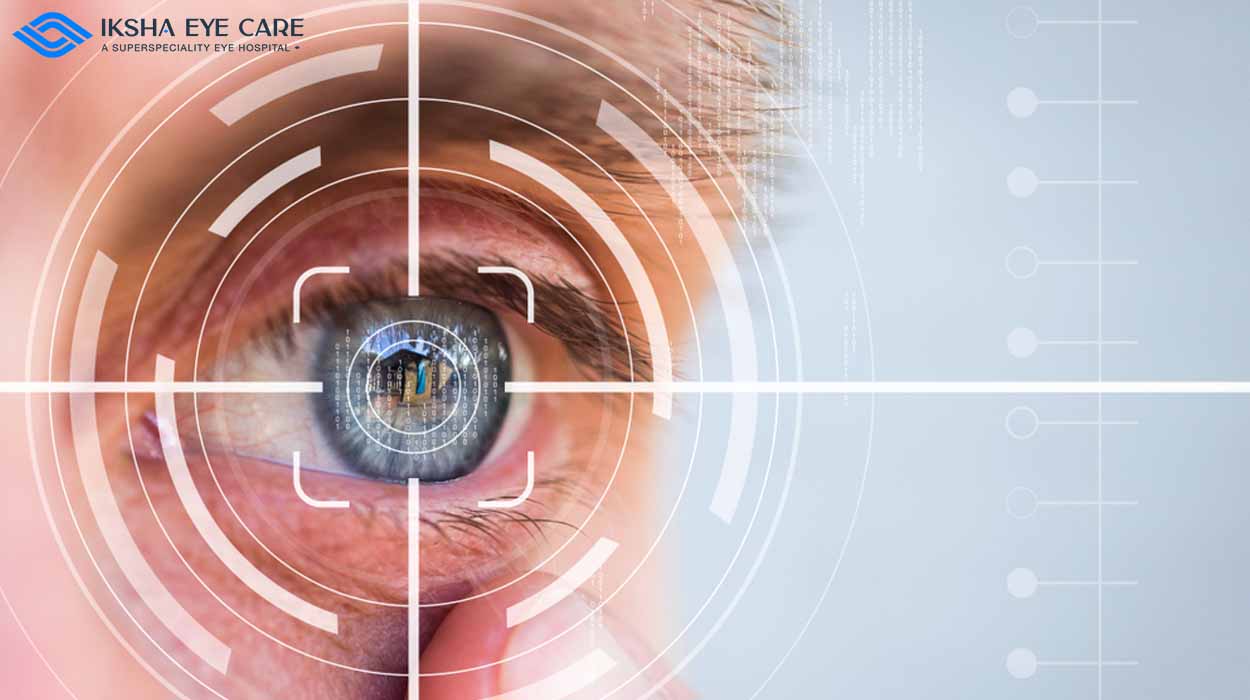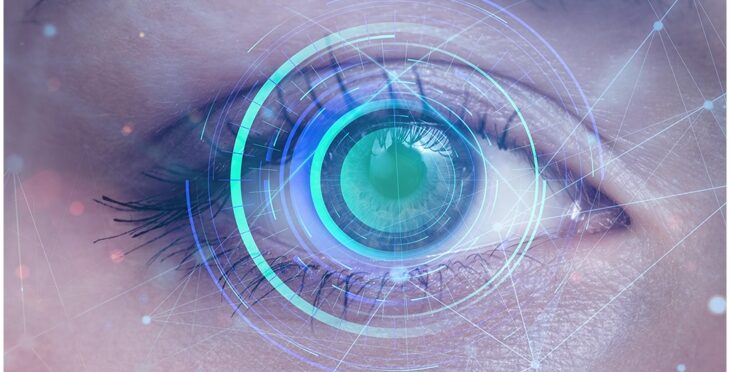Top-Rated Eyecare Near Me: Expert Vision Services Available
Top-Rated Eyecare Near Me: Expert Vision Services Available
Blog Article
The Duty of Advanced Diagnostic Devices in Identifying Eye Disorders
In the realm of ophthalmology, the use of innovative analysis tools has transformed the very early recognition and monitoring of numerous eye disorders. From discovering refined adjustments in the optic nerve to keeping track of the progression of retinal illness, these innovations play an essential duty in boosting the precision and performance of detecting eye problems. As the need for specific and prompt medical diagnoses proceeds to expand, the combination of sophisticated devices like optical comprehensibility tomography and aesthetic field testing has become indispensable in the realm of eye treatment. The detailed interaction in between innovation and ophthalmic practices not only clarifies detailed pathologies yet likewise opens doors to tailored therapy approaches.
Significance of Very Early Diagnosis
Very early medical diagnosis plays a crucial duty in the reliable monitoring and therapy of eye conditions. By spotting eye conditions at a very early phase, medical care suppliers can supply suitable therapy strategies tailored to the particular problem, ultimately leading to better end results for patients.

Technology for Spotting Glaucoma
Advanced diagnostic innovations play a critical role in the early detection and monitoring of glaucoma, a leading cause of irreversible blindness worldwide. One more sophisticated tool is visual field testing, which maps the sensitivity of a client's visual field, helping to spot any areas of vision loss characteristic of glaucoma. These advanced diagnostic devices make it possible for eye doctors to detect glaucoma in its very early stages, allowing for timely intervention and far better management of the illness to prevent vision loss.
Duty of Optical Coherence Tomography

OCT's ability to measure retinal nerve fiber layer density permits for specific and objective measurements, aiding in the early discovery of glaucoma also prior to aesthetic area flaws come to be noticeable. Overall, OCT plays an essential role in enhancing the diagnostic accuracy and administration of glaucoma, eventually contributing to much better results for individuals at risk of vision loss.
Enhancing Diagnosis With Visual Field Testing
An essential component in comprehensive ophthalmic analyses, aesthetic area testing plays a critical role in enhancing the analysis procedure for numerous eye problems. By analyzing the complete degree of a client's visual area, this examination offers important info regarding the useful honesty of the entire visual path, from the retina to the visual cortex.
Visual area testing is specifically beneficial in the medical diagnosis and management of problems such as glaucoma, optic nerve conditions, and various neurological conditions that can impact vision. Through measurable measurements of peripheral and main vision, clinicians can detect refined modifications that might indicate the visibility or progression of these problems, even prior to visible signs take place.
Additionally, aesthetic field screening allows for the tracking of therapy effectiveness, aiding ophthalmologists customize therapeutic interventions to specific patients. eyecare near me. By tracking modifications in visual area efficiency gradually, doctor can make informed choices about adjusting medicines, recommending medical treatments, or executing other appropriate steps to protect or enhance an individual's aesthetic feature
Managing Macular Degeneration

Verdict
In conclusion, advanced diagnostic tools play a vital duty in identifying eye disorders early on. Technologies such as Optical Coherence Tomography and aesthetic area screening have actually substantially improved the accuracy and efficiency of diagnosing conditions like glaucoma and macular degeneration.
Report this page